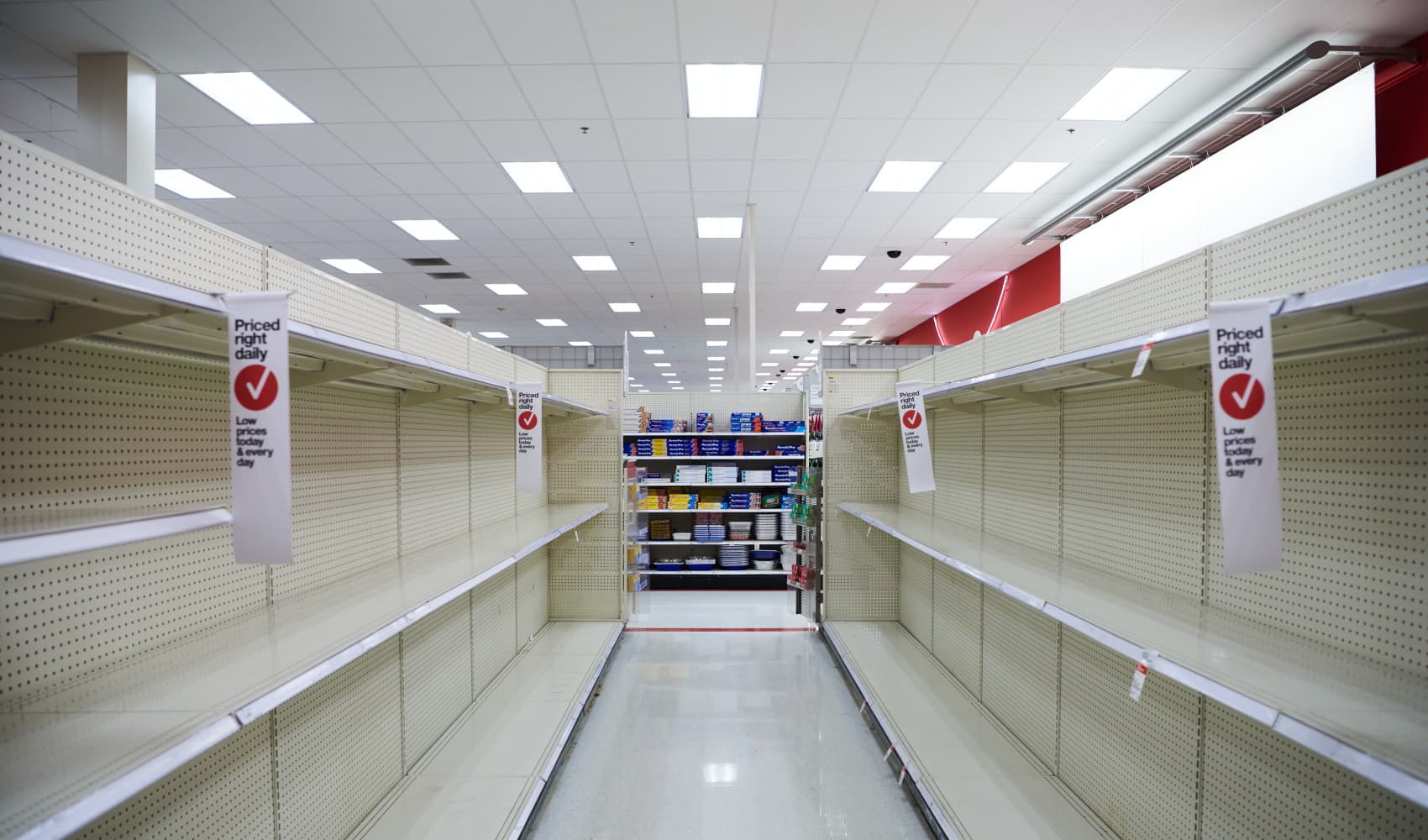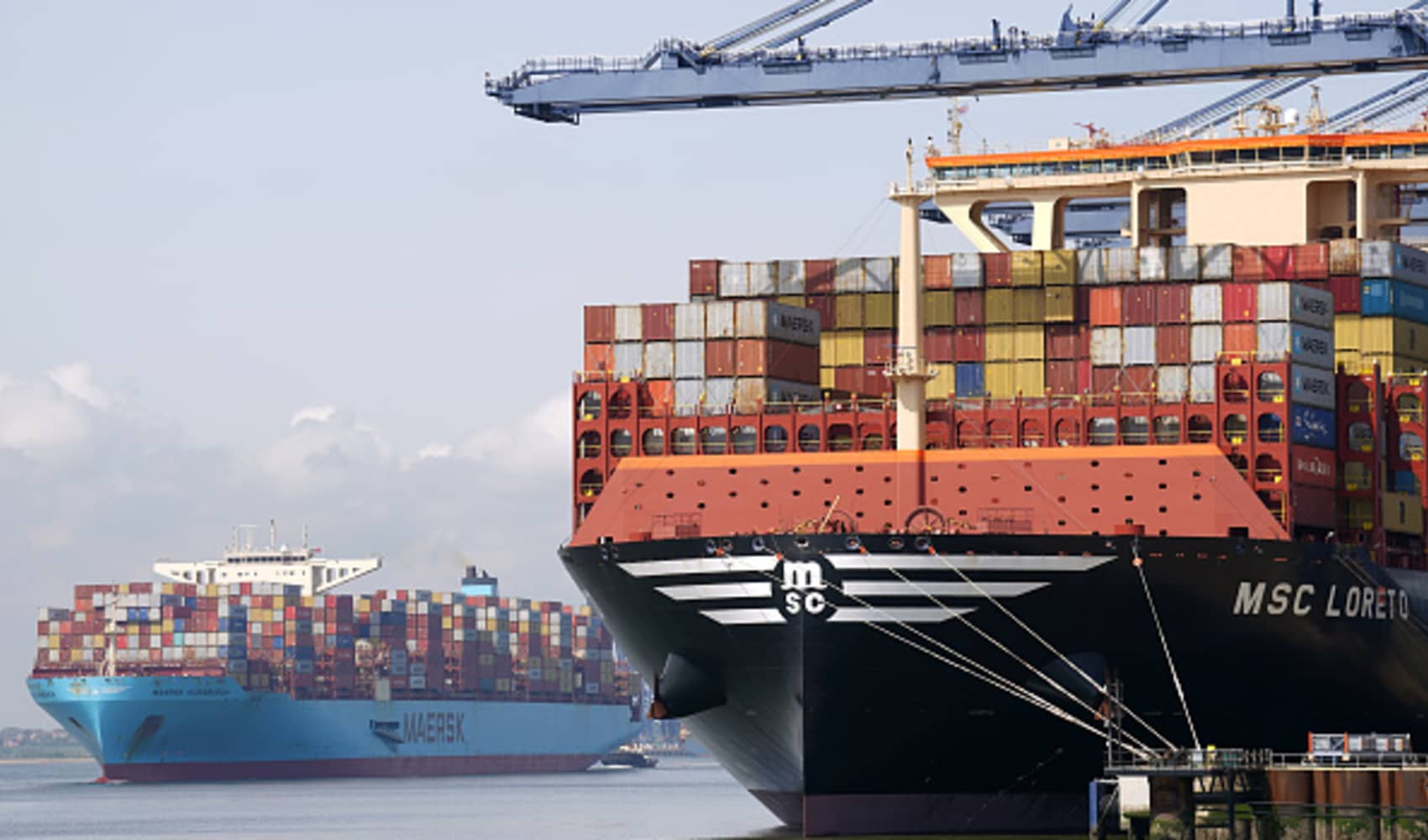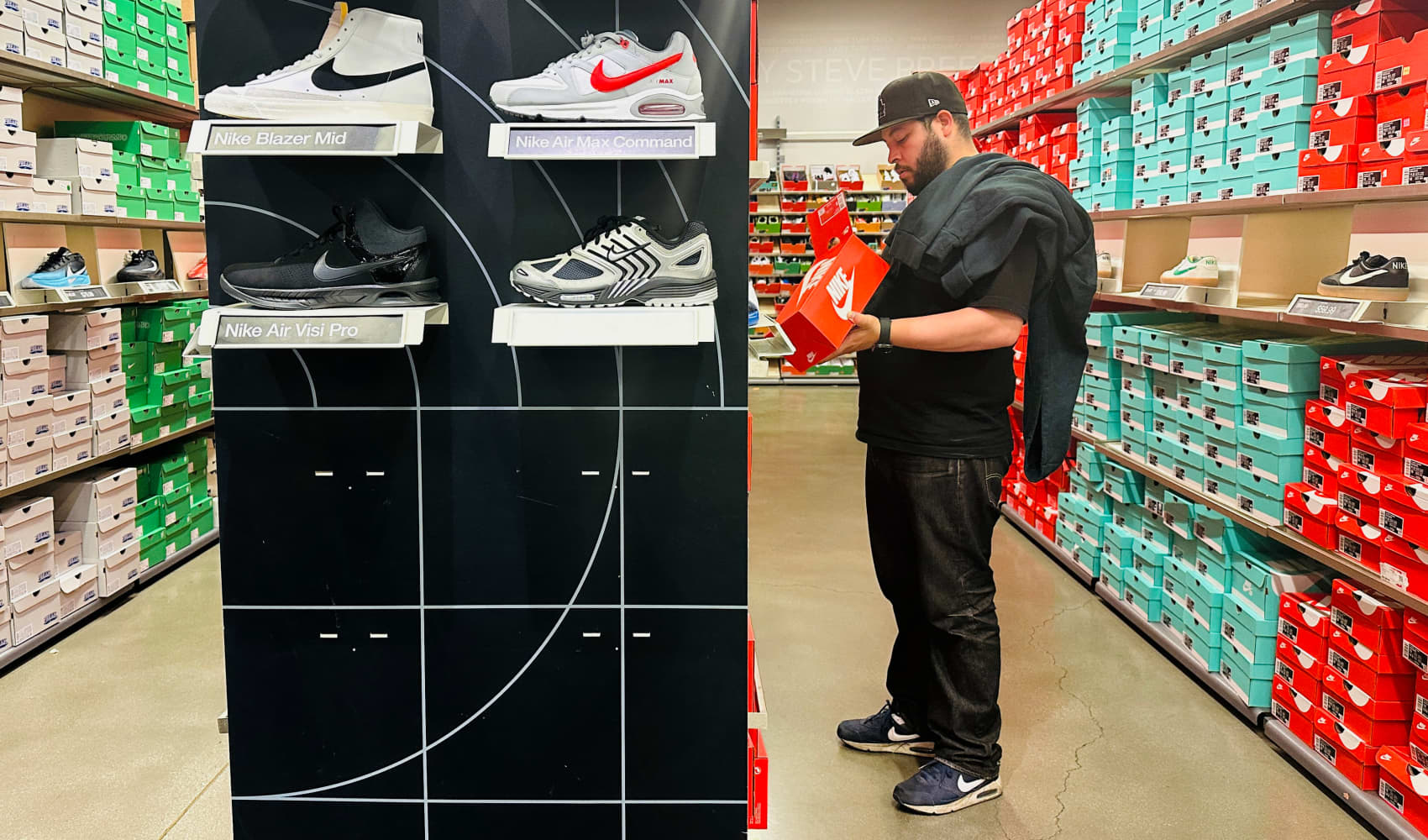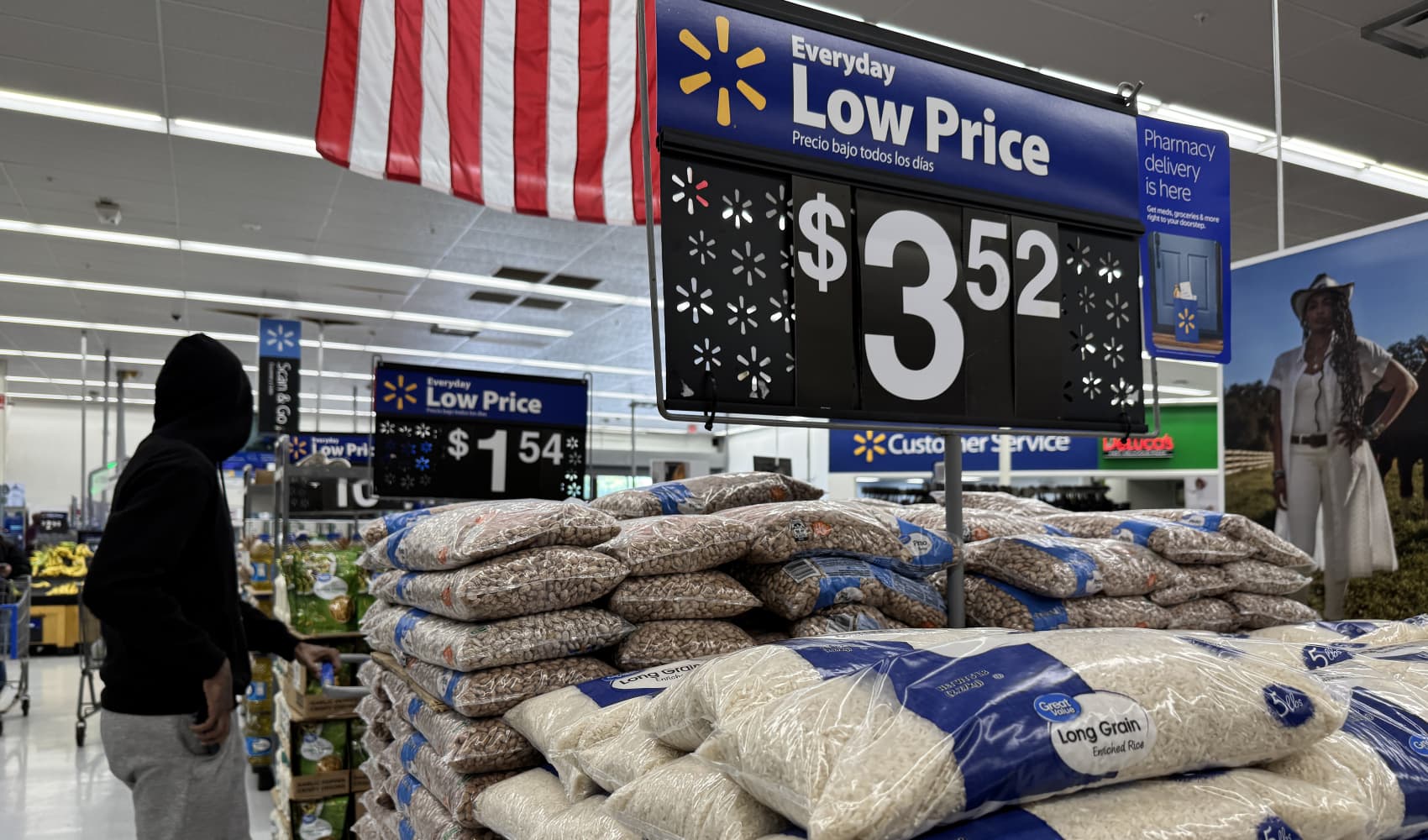Retail Apocalypse: Trade War Shortages - Timeline Revealed!
Trade War Tsunami: Retail Shortages Are Coming - Here's When!
The Looming Shadow of Empty Shelves: An Introduction
Have you noticed the buzz lately? Whispers of potential shortages, anxieties about price hikes, and the looming specter of empty shelves? It's all tied to the ongoing trade tensions, and it's got everyone from Wall Street to Main Street a little on edge. Warnings of empty store shelves have been in the headlines. The question isn't *if* this will affect us, but *when* and *how*. Let's dive into the details and see what's in store – literally!
The Retail Giants in the Crosshairs
Think about where you buy most of your stuff. Big box stores? Home improvement chains? Chances are, they're heavily reliant on imports, especially from China. Most major retailers including Home Depot, Walmart, and IKEA have significant levels of imports from China.
The Vulnerable Supply Chains
These vast supply chains, carefully orchestrated over decades, are now facing unprecedented pressure. Imagine a perfectly synchronized dance suddenly thrown offbeat. That's the kind of disruption we're talking about. These retailers have intricate networks of suppliers, manufacturers, and shipping companies. Any hiccup along the way can cause ripple effects that ultimately impact you, the consumer.
The Initial Calm Before the Storm: A False Sense of Security?
Okay, so why aren't shelves empty *right now*? Good question! Even as manufacturing orders from China and freight vessels sailing from Asia to the U.S. decline, it is too soon to know for sure that shelves will run short of goods. Think of it like a reservoir. The taps might be slowing down, but the reservoir is still full… for now. Retailers often have months of inventory on hand, acting as a buffer against immediate shortages.
Inventory is Key
The key here is inventory. If the trade war remains contained and resolved quickly, these buffer stocks can absorb the shock. But if it drags on, those reserves will eventually dwindle, and that's when things get interesting (and not in a good way).
The First Wave: Budget-Friendly Essentials Vanish
So, when will we start feeling the pinch? Supply chain executives say the first signs of empty shelves would show up where price-sensitive imports dominate — toys, low-cost apparel, and budget home goods. This makes sense, right? These are the items with the slimmest profit margins and the least flexibility to absorb higher costs. Think dollar store items, bargain bin clothes, and those super-affordable trinkets you impulse-buy.
Toys: A Child's Nightmare?
Toys are particularly vulnerable. Many are made almost exclusively in China. A prolonged trade war could significantly impact the availability and price of your child’s favorite playthings. Suddenly, that must-have action figure or doll becomes a hot commodity, driving up prices and potentially leading to frustration (for both kids and parents!).
Apparel: Fashionably Late (or Just Gone?)
Low-cost apparel is another likely early casualty. Think about those fast-fashion retailers where you can grab a trendy top for a song. Those prices are heavily reliant on cheap labor and materials, which are directly impacted by tariffs. Expect to see fewer options, lower quality, and higher price tags on these items. No more guilt-free shopping sprees!
Budget Home Goods: Decorating Dilemmas
And let's not forget budget home goods. Those affordable throw pillows, picture frames, and kitchen gadgets? They’re often produced with razor-thin margins, making them highly susceptible to price increases or outright shortages. Prepare to get creative with your interior design, or maybe put off that redecorating project altogether.
The Second Wave: Mid-Range Products Feel the Heat
As the trade war intensifies, the shortages will creep into the mid-range product categories. Think electronics, appliances, and furniture. These items have more complex supply chains, but they're still heavily reliant on components and manufacturing from China. This wave will affect a broader range of consumers, impacting everything from your entertainment options to your home comfort.
Electronics: Gadget Gloom?
Consider your smartphone, laptop, or TV. Many of their components are sourced from China. Increased tariffs on these components would translate directly into higher prices for consumers. Upgrading your gadgets might become a much more expensive proposition.
Appliances: Kitchen Catastrophes?
Appliances like refrigerators, ovens, and washing machines could also be affected. A trade war could make even basic appliances more expensive or difficult to find. Imagine your refrigerator breaking down and facing limited choices or exorbitant prices to replace it. Not a fun situation!
Furniture: Empty Rooms?
Furniture retailers, like IKEA, rely heavily on Chinese manufacturing. The impact on the furniture industry could be significant. Expect longer lead times, limited selection, and inflated prices for everything from sofas to dining tables.
The Third Wave: Luxury and Specialized Goods Suffer
Even high-end and specialized goods aren't immune. While luxury brands often have more diversified supply chains, they still rely on certain components and manufacturing processes in China. This final wave would affect a smaller segment of the population but could still have significant economic consequences.
Luxury Goods: Prestige at a Price
Even luxury brands, while often perceived as insulated, aren't entirely immune. Certain materials, components, and specialized manufacturing processes are still sourced from China. This could lead to price increases or limited availability for high-end clothing, accessories, and other luxury items.
Specialized Goods: Niche Needs Neglected
Specialized goods, such as industrial equipment or medical devices, might also face shortages if their supply chains are disrupted. This could have serious implications for various industries and healthcare.
The Unpredictable Impact on Inflation
Beyond mere shortages, this trade war could fuel inflation. As the cost of imported goods rises, retailers will inevitably pass those costs on to consumers. This could erode purchasing power and make it harder for families to afford essential goods and services. Are you prepared to pay more for everything?
The Inflation Spiral
Imagine a vicious cycle: tariffs increase prices, consumers buy less, demand drops, businesses cut back, and the economy slows down. This is the potential inflation spiral that economists fear.
Treasury Secretary's Warning: "Unsustainable"
Even those in positions of power recognize the potential danger. Treasury Secretary Scott Bessent recently described a trade war with China as “unsustainable.” This isn't just political rhetoric; it's a reflection of the real economic risks involved.
Can We Avoid the Shortage Storm? Mitigation Strategies
While the situation might seem bleak, there are steps that retailers and consumers can take to mitigate the impact. Retailers can diversify their supply chains, explore alternative sourcing options, and negotiate better deals with suppliers. Consumers can plan ahead, buy in bulk when possible, and consider purchasing domestically produced goods.
Diversifying Supply Chains
The most effective long-term strategy for retailers is to diversify their supply chains. This means reducing their reliance on China and exploring alternative sourcing options in countries like Vietnam, India, and Mexico. This can be a costly and time-consuming process, but it's essential for long-term resilience.
Supporting Local Businesses
As consumers, we can also support local businesses and purchase domestically produced goods. This not only reduces our reliance on imports but also helps to strengthen the local economy. Think about visiting farmers' markets, buying from local artisans, and supporting small businesses in your community.
Conclusion: Preparing for the Inevitable Changes
The trade war's impact on retail is unfolding in stages, and the potential for shortages is real. While the initial impact might be felt in budget-friendly items like toys and apparel, it could eventually spread to a wider range of goods, affecting consumers across the board. By understanding the potential risks and taking proactive steps to prepare, we can navigate this uncertain landscape and minimize the impact on our wallets and our lives. It's time to pay attention, plan ahead, and support businesses that are working to create a more resilient supply chain. The wave is coming; are you ready to ride it out?
Frequently Asked Questions (FAQs)
- 1. What products are most likely to be affected by the trade war?
- Initially, expect shortages or price increases in toys, low-cost apparel, and budget home goods. Over time, mid-range electronics, appliances, and furniture could also be affected.
- 2. How long will it take for shortages to appear on store shelves?
- The first signs of shortages could appear within a few months of a prolonged trade war, as retailers deplete their existing inventory.
- 3. Will prices increase even if there aren't shortages?
- Yes, tariffs on imported goods will likely lead to price increases for consumers, even if products remain available.
- 4. What can I do to prepare for potential shortages?
- Consider buying essential items in bulk, diversifying your shopping sources, and supporting local businesses that offer domestically produced goods.
- 5. Is there any chance the trade war will be resolved soon?
- While negotiations are ongoing, the future of the trade war remains uncertain. It's wise to prepare for potential disruptions, even if a resolution is reached.






